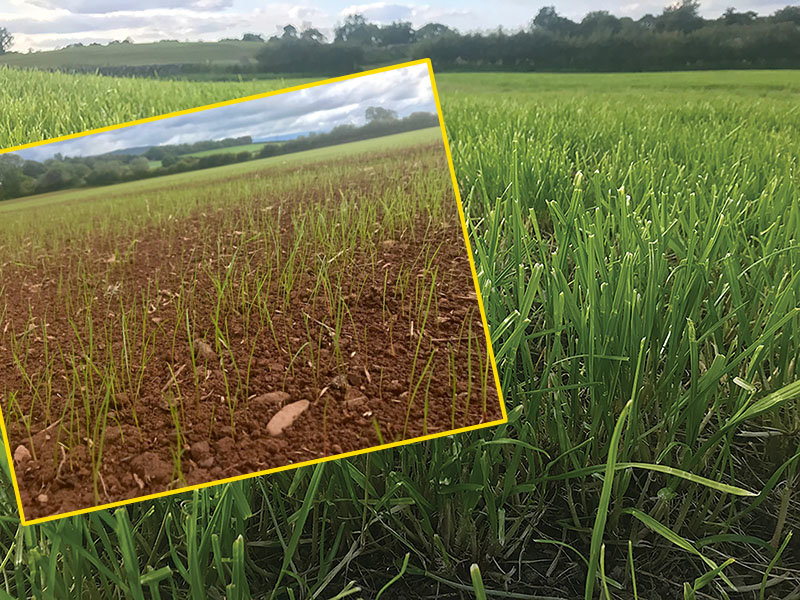Bar Tech - Autumn Reseeding
Hold your reseeds in the same esteem as heifers or ewe lambs; they are the future of your farm’s production.

Hold your reseeds in the same esteem as heifers or ewe lambs; they are the future of your farm’s production.
Autumn reseeding has been and continues to be very popular in the UK as the soil and air temperatures remain high and generally cool down at a steady rate. There is also a much-reduced risk of drought stress.
To get the best results, it requires a high level of attention to detail. Not only consider when you plan to sow, but also what species you want to sow and the local conditions where you are aiming to establish the grass crop. Hold your reseeds in the same esteem as heifers or ewe lambs, they are the future of your farm’s production.
Preparation is Key to Success
Having good soil health and available nutrients (particularly P & K) in the seed bed are vital for a successful reseed at any time of year. Fields destined for an autumn reseed should be soil sampled if they have not already been so, and any nutrient deficiencies addressed before putting seed in the soil. Please see Bar Tech February for more information on soil health.
When Should an Autumn Reseed be Carried Out?
An autumn reseed must also be carefully planned taking into account where you are in the country and what weather conditions are like, what grass species you will be sowing and how the field’s soil type will influence the timing.
Perennial grasses and clovers require soil temperatures of 8OC and 10OC respectively for optimal germination and plant establishment. Hybrid Ryegrasses require 6OC and Italians or Westerwolds 4OC but just because these species CAN germinate at these temperatures does not mean it is best practice to wait; sowing sooner will give a longer window for establishment. Sooner is always better than later.
Heavier soils are prone to holding onto water and cooling down quicker than sandy soils so the window for reseeding those fields can be shorter and generally, the reseeding window is shorter the further North you travel. Bear in mind that although conditions can still be excellent for reseeding, in autumn we are always in a declining temperature and increasing rainfall trend and any delay can cause significant impacts to the number of established plants, the extent of plant tillering, the potential dry matter yields and overall sward longevity.
The Seed Bed
Seed beds MUST be fine and firm, rolled well, before and after seeding to ensure excellent seed/soil contact which aids germination. A well rolled seed bed can potentially reduce the risk of damage from pests such as leatherjackets by restricting their movement in the soil.
Autumn Grazing & Management
Ideally, all autumn sown reseeds will be established in plenty of time to allow a light autumn graze. This grazing is not about feeding animals, but about managing the grass sward.
Doing a light grazing using the lightest class of stock available on the farm will encourage tillering by allowing light to reach the base of the plants and prevent too much overwintered cover that can cause a build-up of dead material in the base of the sward.
To ascertain if a sward is ready to be grazed a ‘Pluck Test’ should be carried out; grasp the ryegrass seedling firmly between your thumb and forefinger, then tug in a single, quick movement (to mimic an animal biting). If the leaves break off and the roots stay in the ground, the pluck test is passed. Also make sure that the ground is firm enough to carry stock and never graze before the grass plants have produced their second tiller leaf. Always leave a residual height of 4-5cm.
For further advice on grass and grassland management, download a copy of the Barenbrug Good Grass Guide which can also be used as a field record guide.
